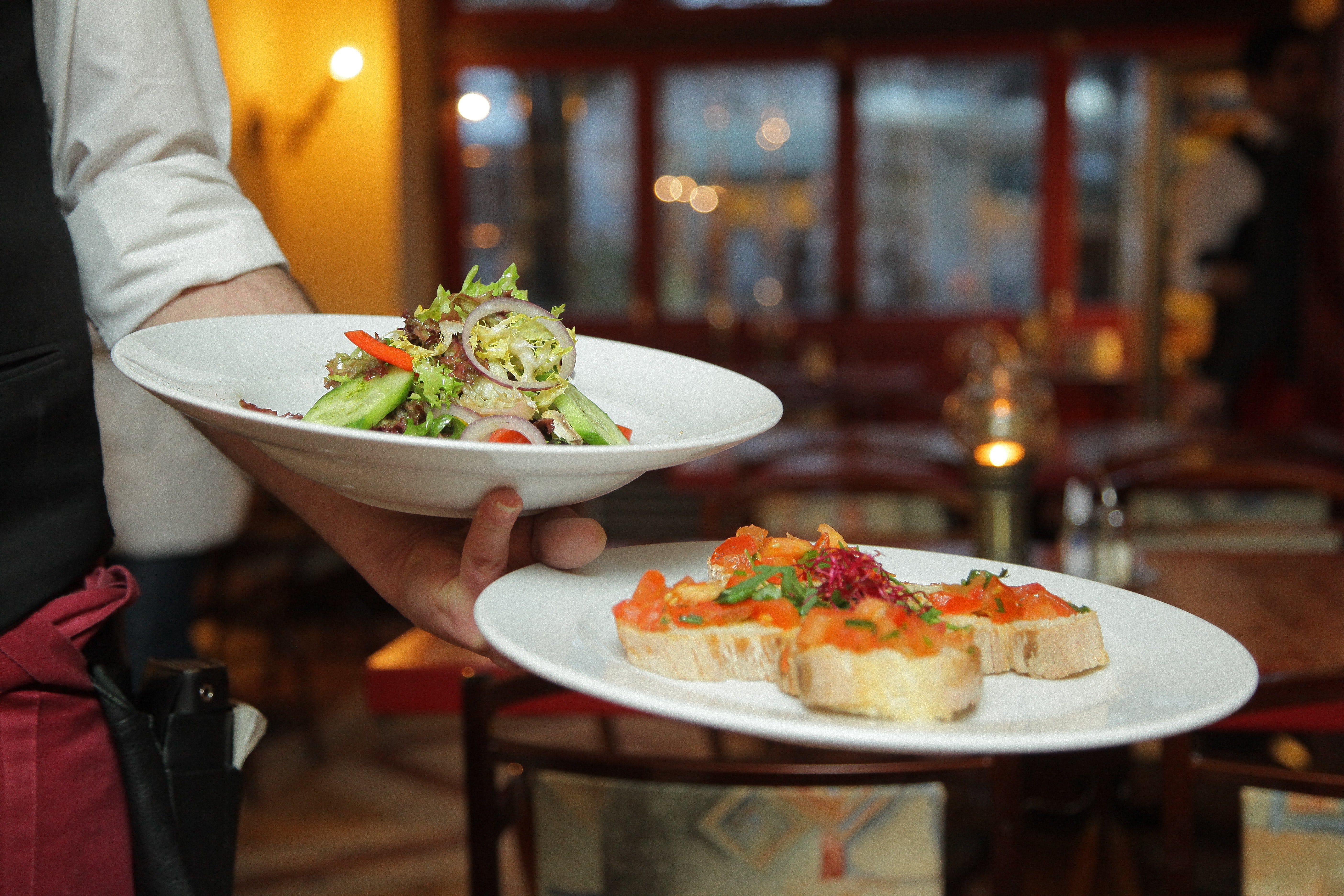August 28, 2023
In the vibrant world of the culinary industry, success is often measured by the seamless dance between delectable dishes and impeccable service. Behind every memorable dining experience lies a well-trained restaurant staff, each member contributing to the symphony of flavors and hospitality. In this blog, we delve into the art of mastering restaurant training techniques, unlocking the secrets to crafting a team that not only serves, but excels.

Restaurant training isn't just about showing new staff how to carry a tray or take an order. It's about imbuing them with the values, ethos, and skills that define your establishment. Proper training not only ensures consistent service but also boosts morale, reduces turnover, and ultimately enhances the guest experience. A well-trained staff is an investment in the restaurant's reputation and success.
One size does not fit all when it comes to training. Different roles within the restaurant demand different skill sets. From servers to chefs, each team member has distinct responsibilities. A successful training program recognizes this and tailors its approach to suit the needs of various positions. For instance, a server's training might focus on customer interaction and order accuracy, while a chef's training would center around culinary techniques and kitchen safety.
While theoretical knowledge is essential, the real magic happens when staff members get hands-on experience. Incorporate practical sessions into your training regimen. Allow servers to practice setting tables, taking orders, and dealing with challenging situations. Chefs should be given ample time in the kitchen to master the culinary intricacies specific to your restaurant.
One of the most effective training techniques is pairing new hires with experienced staff members. This mentorship or shadowing approach not only imparts knowledge but also fosters a sense of camaraderie. New employees gain insights from their mentors' experiences and can ask questions in a comfortable environment.
Restaurant environments can be fast-paced and unpredictable. Prepare your staff by engaging them in role-playing scenarios. Create simulated situations where servers encounter difficult customers, mistakes in orders, or time-sensitive challenges. This helps build their confidence and equips them to handle real-life situations with poise.
Training doesn't stop after the initial onboarding. The restaurant industry evolves, and so should your training techniques. Implement a culture of continuous learning by conducting regular workshops, seminars, and updates on industry trends. Encourage your staff to share their insights and experiences, fostering an environment of growth.
Communication is key to improvement. Establish a feedback loop where both trainers and trainees can share their observations and suggestions. Constructive feedback helps identify areas for improvement and reinforces the idea that training is a collaborative effort aimed at collective success.
Mastering restaurant training techniques is a multifaceted endeavor that blends knowledge, practice, and a touch of artistry. A well-trained staff transforms the dining experience into an unforgettable journey, where the flavors of the cuisine harmonize with the grace of service. By tailoring training plans, incorporating hands-on learning, fostering mentorship, and embracing a culture of continuous learning, your restaurant can set the stage for success. Remember, a restaurant is more than just a place to eat; it's a theater where service is a performance, and with the right training, every act can be a standing ovation.